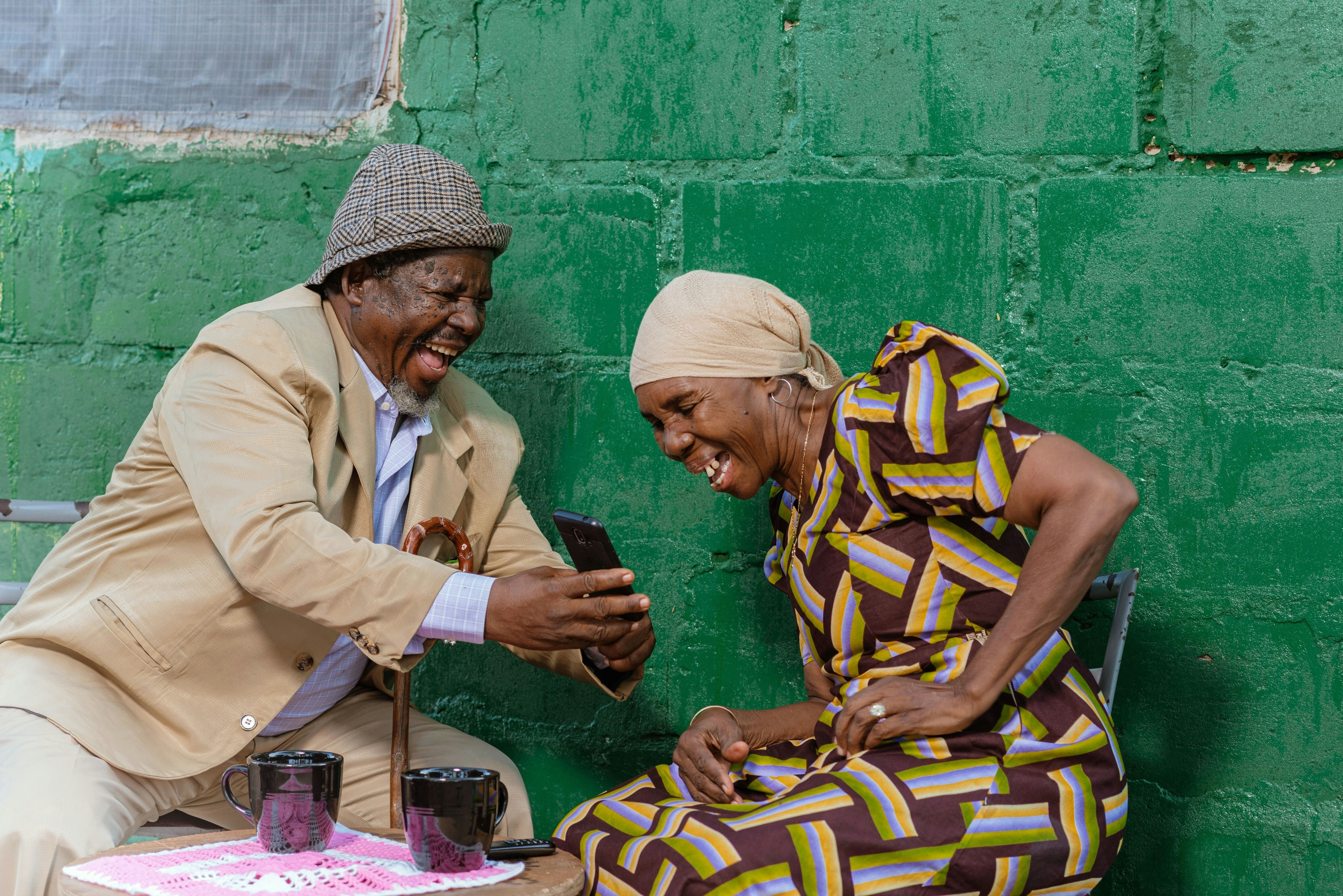How family separation affects the brain, according to a neuroscientist and migrant

Over 2,000 migrant children are still in custody. Image: REUTERS/Mike Blake
While preparing for a recent move to St. Louis, Missouri, the first item I packed was my dearest possession, an old faded picture of a cow grazing in a sloping field in Mexico. This was the only cow my grandparents owned and they sold it to pay a smuggler to bring me into the United States, and join my mother, in 1990. I was 12.

I moved to St. Louis to join Washington University as an assistant professor, after training as an M.D.-Ph.D. neuroscientist at Harvard. Last week, I listened to a recording of a young boy crying, separated from his family per government orders at the U.S.-Mexico border, and I wondered what will happen to him. Despite an executive order ending this practice, over 2,000 migrant children are still in custody.
I am now a citizen and I love this country deeply, so I want to believe that the children will somehow be fine. The neuroscientist in me is skeptical. Let me tell you why.
I study the brain by analyzing it like a computational device, asking how individual neurons transfer information to each other and realize visual recognition. When it comes to recognizing faces, all normal primate brains have the same organization, grouping neurons that signal electrical impulses when presented with pictures of faces. There is a debate about whether this grouping of “face-selective” cells is genetic or learned.
As a member of Margaret Livingstone’s laboratory at Harvard Medical School, I investigated whether this grouping of face-selective cells was hardwired or dependent on experience, by hand-raising young animals that did not see faces for their first months of life. (We covered our own faces with masks and let them see and play with our hands.) We found that the animals were normal in most respects, but their face-selective cells no longer grouped together.

We have not tested this yet, but it is likely that the animals will be less able to discriminate between faces once they are adults. We already knew that early life experiences could affect some physiological processes in the brain – for example, neurochemical imbalances related to depression – but I was surprised to see how extraordinary experiences could modify actual anatomical features. This was likely to be permanent, similar to neurological impairments of face recognition such as prosopagnosia and some forms of autism.
When I heard the recording of that child crying “Papá, Papá” incessantly, I thought of his brain, and then mine. My childhood also was altered by a fateful night running across the border, surrounded by strangers, the amber lights of Tijuana giving way to darkness and sand hills and the unknown.
But in my run, there was hope. There was the unfailing belief that the United States was a force for good, a place that rewarded hard work and ultimately invited it from immigrants, even if the invitation wavered in ambivalence: yes, there was a fence. But on the other side, there were Americans happy to hire us, befriend us and love us. Teachers to teach us English and encourage us to take science and medical classes and show us the way to becoming workers in the building of America. This is what happened to me and to many young undocumented students I have met over the years.
After crossing the border, I was automatically enrolled into an English as a Second Language program. High school teachers encouraged me to try Advanced Placement courses, where I discovered my love of biology. Later I was unable to attend college because my undocumented status disqualified me from tuition loans, and so I found myself outside a new border fence, one that now held me from higher education. Two years later, someone helped me pass through that fence, too. This time it was President Ronald Reagan and his Immigration and Reform Control Act, which granted my family legal residency.
My early life experience gave me the belief that the world had places that were fair and incorrupt and compassionate, and might welcome you even if you were not lucky enough to be born in them. This belief fueled my entire journey in America, because even though it was difficult to pay for college and to help support my family, I always knew that this nation would take care of us if I kept working hard. When I was accepted to Harvard Medical School, I felt lucky, but it made sense: this is the promise of this nation, after all, where every good thing is possible.
I have heard that such good things were undeserved because I had no right to be here in the first place. My life in the United States began imperfectly but this, too, is the story of America – at its birth there was oppression and blood and persecution, yet this nation has been paying its moral debts. It earned its status, it was not born into it. That inspired me. To obtain legal residency, I paid a large financial penalty to Immigration and Naturalization Services for entering the country without approval; it felt fair, so then I asked myself how I could pay back more.
My life here is a permanent debt that can only be settled by working for a more perfect union, by voting and paying taxes and helping people gain jobs by building new technologies. I wanted this debt, and I believe that crying child at the border would too. I fear that his early life experience has affected his brain in the wrong, permanent way: where he could have gained the belief of the true spirit of America, the grit that would drive him through struggle and to financial success, maybe he has gained the belief that this is a cruel and unfair place. Maybe he will not try as hard to improve his world, or maybe worse, that he will remain in its shadows, at the margins of society but never a constructive part of it.
Five years after gaining my citizenship, I married a woman from an old Ohio family. Our young boy will not inherit the same struggles I had, nor will he jump any fences to reach for a better life. But he will inherit a picture of a cow, and a constant reminder that no matter how many generations pass, the United States has always been a nation of immigrants and hope.
Don't miss any update on this topic
Create a free account and access your personalized content collection with our latest publications and analyses.
License and Republishing
World Economic Forum articles may be republished in accordance with the Creative Commons Attribution-NonCommercial-NoDerivatives 4.0 International Public License, and in accordance with our Terms of Use.
The views expressed in this article are those of the author alone and not the World Economic Forum.
Stay up to date:
Migration
Forum Stories newsletter
Bringing you weekly curated insights and analysis on the global issues that matter.






